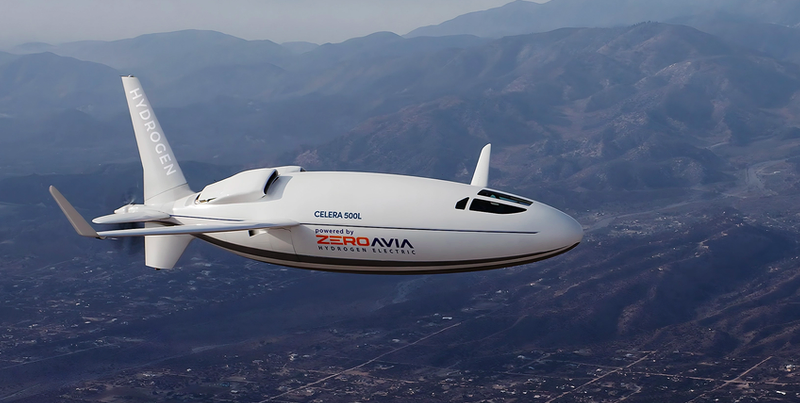ZeroAvia and Otto Aviation to develop hydrogen-electric powertrain for Celera

exc-62b08dd5c7500e1de15ce46b
ZeroAvia is collaborating with Otto Aviation to develop a hydrogen-electric powertrain to power Otto’s Celera aircraft.
The two firms will work to integrate ZeroAvia’s ZA600 zero-emission engines to Otto’s revolutionary Celera aircraft. The partnership could make the Celera the first “new airframe design to leverage zero-emission propulsion in its launch models”.
The Celera is a transcontinental aircraft, scalable to 19 passengers. Otto’s aircraft design offers low drag across the entire aircraft. The design of the fuselage, empennage and wings utilise laminar flow. Laminar flow is the minimum drag solution for aircraft surfaces and features smooth layers of airflow with little to no mixing of adjacent layers.
William Otto, CEO of Otto Aviation, said: “ZeroAvia’s hydrogen-electric powertrain helps us to realize the commitment Otto has made to lower operating costs and climate impact for operators. Otto is looking to provide the most efficient aircraft in all senses of the word: minimizing maintenance and operating costs and reducing emissions.”
When powered by ZeroAvia’s powertrain, the Celera will offer long range zero-emission flights, while further reducing operating costs, due to reduced maintenance costs and decreasing hydrogen-fuel prices.
The Celera is also designed to hold large volumes of hydrogen within the fuselage that will enable a 1,000nm range.
Val Miftakhov, ZeroAvia, founder and CEO, said: “The majority of our commercial deals to date have focused on retrofit and line-fit for existing airframes, which is essential to deliver zero-emission flight to market as quickly as possible. However, efficiency gains from new airframe design can expand the impact of zero-emission aviation. We are pleased to collaborate with innovators, like Otto Aviation, bringing cutting-edge clean sheet designs to market as we can optimize the hydrogen-electric propulsion system for those designs.”






